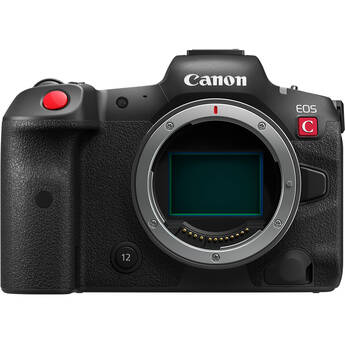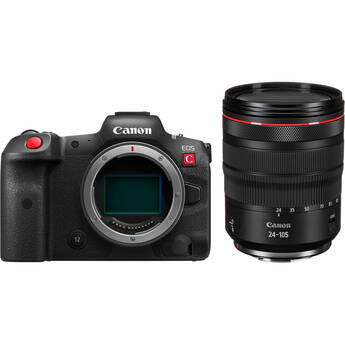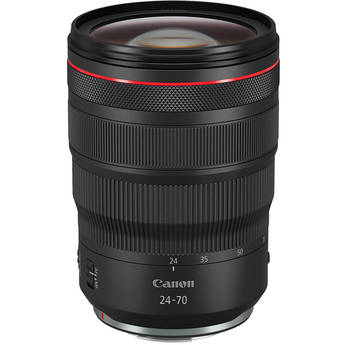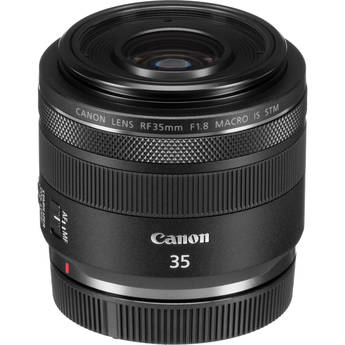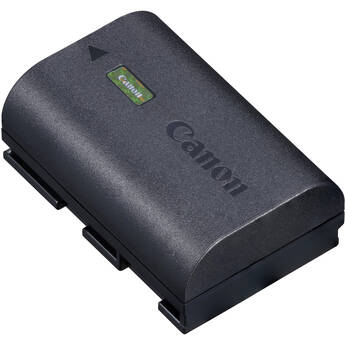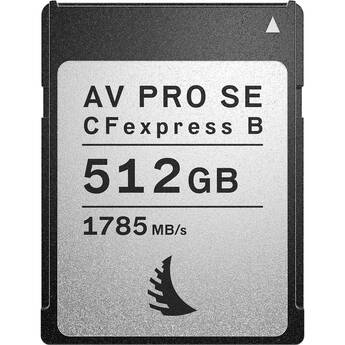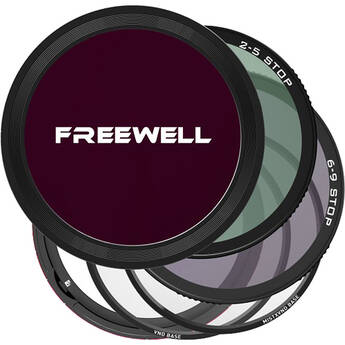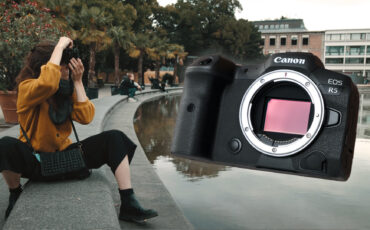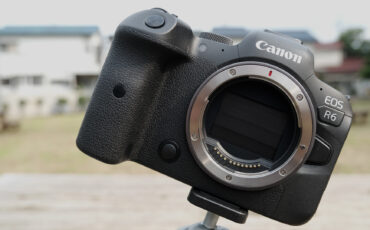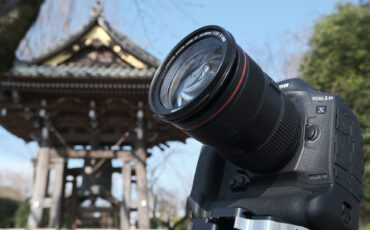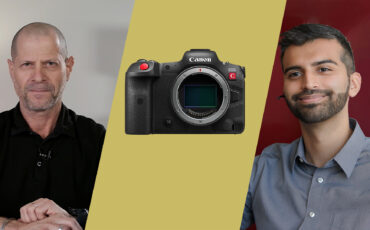Canon EOS R5 C Review – An Excellent Camera with Total Operating Flexibility
Music Courtesy of Epidemic Sound
The Canon EOS R5 C has just been announced and we were lucky enough to have it at our office, BUT only for about seven hours. As such, here is a “first impression” review, simply because it was impossible to cover everything that this new camera has to offer in such a short time. So get comfortable, and let me introduce you to one of the best hybrid cameras I ever tested, and when I write “hybrid”, I’m not only referring to a device that can take high-quality photos and videos but also, something more – a camera that completely blends the line between small “mirrorless style” filming devices and large dedicated cameras. So let’s dive into my Canon EOS R5 C review and first impression.
Do you know that feeling of excitement when finally getting something you really wanted? Well, in my case, this camera is something I really wanted to test. The new Canon EOS R5 C landed on my table, but with a logistic obstacle. I could have it for about seven hours only and the clock started ticking as soon as I took it out of the bag! During this time, I had to film something from my heart, and of course, for you guys to watch, conduct a short studio session talking about “how it felt when working with it”, and last but not least, take the photos that are accompanying the review you are reading here. So as you can imagine, there was much to do during a very limited amount of time. The bottom line is, the camera left me with a feeling of wanting to do more with it. Actually MUCH more and up to the point of me wanting to purchase the EOS R5 C myself. (I guess I have to sell my aging EOS 1D C first)…
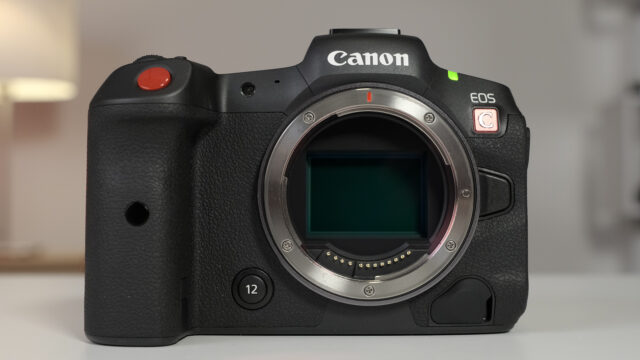
True hybrid camera
Remember me mentioning “hybrid” in the above paragraph? Well, here is how the story goes: I’m a big advocate for these small and capable DSLR and mirrorless cameras for video, as they suit most of my documentary production needs (and even beyond). I think many of you can relate when I say, at the time of introduction, these photo cameras that shoot video were simply a “game-changer” (got to love that word…). Shortly after many of the distinguished manufacturers “enhanced” the trend by introducing bigger-sized camera bodies with large sensors. The immediate result was, that many who started out with photo cameras that can shoot high-quality video, moved away from them and got themselves “proper cinema cameras” (got to love that phrase…). Then manufacturers started to produce a “cinema equivalent” of some of their mirrorless cameras, keeping the size very small yet adding additional functionalities like longer recording time and better heat management in order to avoid potential overheating issues. Sony’s FX3 is a good example of that “trend”.
For years I had to listen to people saying: Don’t complain about camera limitations. If you want a real video camera, get one and don’t buy mirrorless. (Obviously, I did not agree to this, as many of these mirrorless cameras are simply incredible in regards to price/performance).
Canon R5 C Ultimate Video Manual

But now comes Canon and in my opinion, introduces the “ultimate hybrid tool” so far. It has the size of a small mirrorless camera and video capabilities that we could only dream about up until now. It is extremely flexible with recording formats and the video picture quality is breathtaking. Does it have limitations? Of course. Is the price right? The answer depends on your professional needs, but I’m confident in saying that in my opinion, never before do I remember a camera that gives this much for such a fair price.
Camera position next to other offerings
OK, let’s position the camera first. According to Canon, price-wise it seats comfortably between the EOS R5 ($3,899) and EOS C70 ($5,499). Meaning, the EOS R5 C will surely be cheaper than the EOS R3 ($5,999) and around $600 more expensive than the EOS R5.
Known among my friends and family for my poor mathematical skills, I hope that I got it right, so in other words, the EOS R5 C just become the less expensive option in the latest EOS Cinema line, yet, without Canon trying to cut too many corners in terms of quality and functionality, or so it seems. Let me rephrase and personalize that last sentence: if I was to choose between any of Canon’s current capable mirrorless cameras, or the C70, or even a camera from the competitors in the same range, I would have taken the EOS R5 C hands down.
EOS R5 C vs EOS C70
Yes, the EOS C70 does have an internal ND filter and XLR audio connectivity built-in, yet, I never got “attached” to that camera, mainly because of the absence of EVF. Saying this, we hear from vendors that it is a very popular camera, as it gives A LOT for the price. While on it, check out our news article featuring the latest EOS C70 firmware update unlocking Cinema RAW Light 4K recording option among other goodies.
Now, with an even smaller body, a larger full-frame sensor, higher resolution, and total flexibility, the EOS R5 C can look into the “white of the eye” of its bigger and older sibling without any feelings of inferiority.
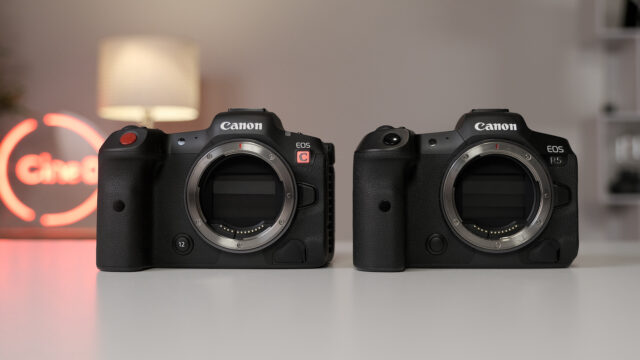
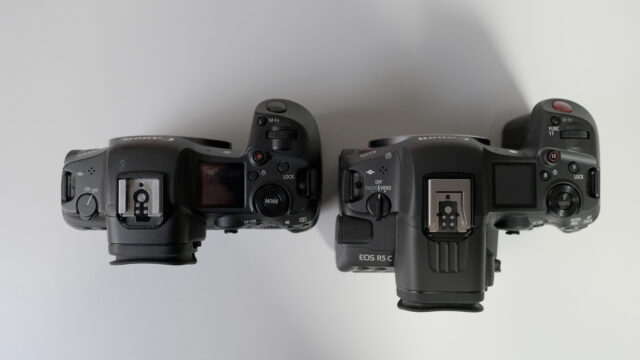
EOS R5 C vs EOS R5
I’m sure that this question will come up a lot, and without wanting to cause anyone to spend additional money, if producing videos is your main occupation, then EOS R5 C is simply a better fit. Both cameras have the same exact 45-megapixel sensor and DIGIC X processor behind it, so when taking photos, one will not have to compromize, yet when it comes to video, the new camera will give so much more flexibility to execute different levels of productions which the EOS R5 is simply not capable of doing as it was not designed to do so. (To read our EOS R5 review, click here).
The EOS R5 has the upper hand on (physical) image stabilization simply because it has a built-in IBIS. I’m yet to explore more and see how well the digital stabilization of the EOS R5 C is, but from the little time I spent using it, the results were rather convincing.
EOS R5 C vs EOS R3
I truly love the EOS R3 and it was a prominent candidate to win our “mirrorless camera of the year 2021 – for video”, but now that the EOS R5 C is here, I will not consider it anymore IF I have to buy a new hybrid camera. And don’t get me wrong, if you have it already, just enjoy using it, but if you are still searching, then forget the EOS R3 and look straight into what the EOS R5 C can do for you. In a nutshell, it is a cheaper, smaller, and much more video-centric filming tool. True, the EOS R3 has a proper IBIS and a MUCH longer-lasting battery, yet, depending on one’s needs, the newer camera might be a more sensible purchase.
EOS R5 C vs Sony FX3
Hands down, the EOS R5 C is a more advanced camera! You get 8K, different sensor crop modes, anamorphic de-squeeze options, true 24p, shutter angle, internal RAW recording, and more. All of that, for around $1000 more. (For our Sony FX3 review, click here).
EOS R5 C vs RED Komodo
I’m daring to add the Komodo to this list simply because in my opinion it is a direct competitor and as far as I’m concerned, both cameras are “fighting” for the attention of the same user types. Now, for complete transparency, I did not test the Komodo, so I can not really contribute from my own experience, but looking at the clean specs, the EOS R5 C is doing better with a bigger sensor, higher resolution, and lower price tag. (And of course, the Komodo can not take still images).
Guys, I’ll be happy to hear your thoughts in regards to how the EOS R5 C might compete with other cameras, so please comment below.
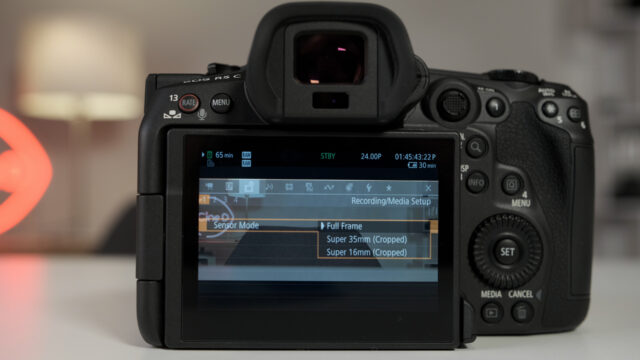
Complete recoding flexibility
When using the EOS R5 C, one will be able to choose between recording video in full-frame, super 35mm crop, or super 16mm crop “sensor sizes”.
Depending on the chosen sensor crop factor (and recording format), the preferred resolution can be set. Please note that not all resolutions are available in all frame sizes, yet there is so much to choose from…
The recording formats and frame rates are very interesting as Canon delivers complete recording flexibility. Here is what you can expect:
- MP 4/H.264 (Up to 4K resolution, 8-bit 4:2:0)
- MP4/H.265 up to 8K/60 DCI, 10-bit, 4:2:2)
- XF AVC codec (4K,10-bit, up to)
- 12-bit RAW recording (Internal) up to 8K/30p (And up to 60 when using an external power source)
- 10-bit External ProRes RAW recording to Atomos Ninja V+, in full-frame up to 8K/30p and 5.9K in crop Super 35mm
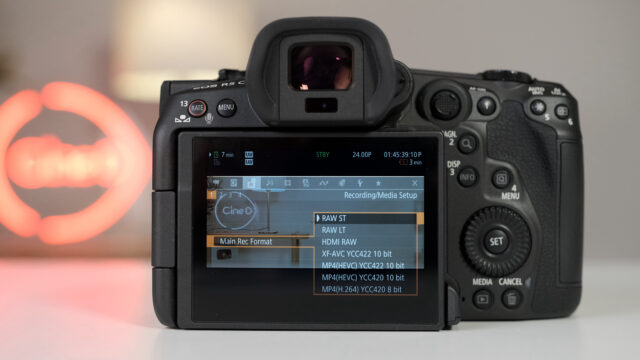
Speaking of which, the camera can record in Cinema RAW Light internally, and deploy three newly developed variations of RAW with the ability to choose between different qualities. HQ (available in Super 35mm Crop and Super 16mm Crop modes only), ST (Standard), available in Full-Frame, Super 35mm Crop and Super 16mm Crop and Last but not least, there is the LT (Light) variant, again, available in all three sensor sizes modes.
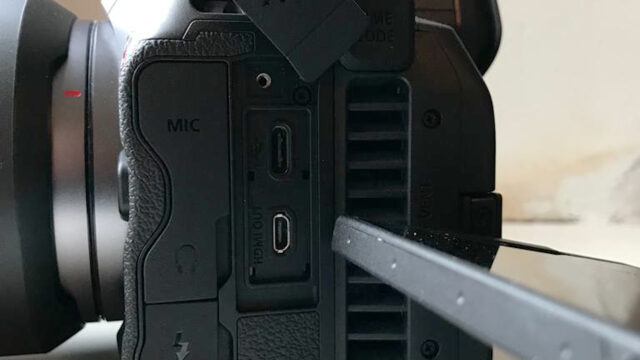
Canon EOS R5 C advantages (In no particular order and on top of what has already been discussed above)
- Internal active cooling system
- Wide selection of internal RAW recording in different resolutions and frame rates
- Anamorphic de-squeeze options (x1.3, x1.8 and x2.0 lens de-squeeze factors)
- Two base ISO settings for clean video images are available (800 and 3200)
- Extremely compact and lightweight (680g body weight)
- HDR support (PQ and HLG)
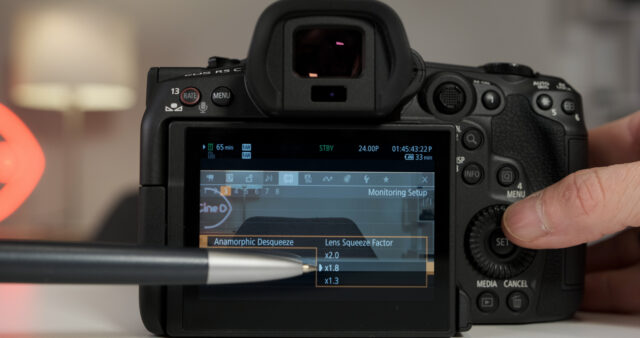
- Dedicated timecode in/out terminal is available
- LCD movement is not limited when a cable is connected to the HDMI Port
- ProRes RAW external recording is possible with Atomos Ninja V+ (10-bit 8K up to 30p, 10-bit 5.9K (cropped) up to 60p, 12-bit 2.9K (cropped) up to 60p)
- False color with color guide
- Tascam’s CA-XLR2d XLR Audio Adapter. or Canon’s DM-E1D Stereo Microphone can be connected and powered directly from the camera accessory shoe
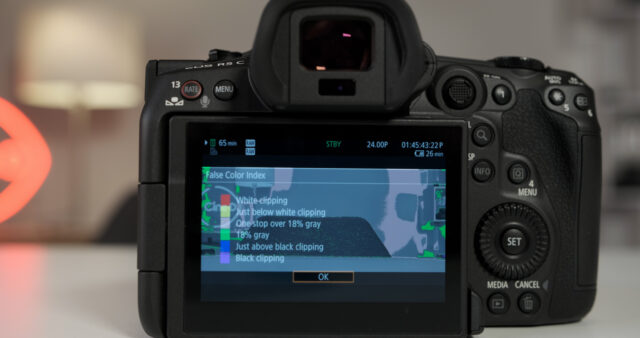
- Dual Pixel CMOS AF system with Eye AF and EOS iTR AF X (the latest, for photo mode only)
- The electronic IS function worked very well (two modes, standard and enhanced). In both modes, the image is cropped. This function works in combination with the Optical IS in compatible lenses. The video image still looks nice, but further experimenting is required. Please note that DIS is NOT available when recording in 8K RAW
- For 4K (up to 120p with no crop) and Full HD recording, internal oversampling from the 8K sensor is used
- There are two card slots, CFexpress 2.0 Type B, and SD. Simultaneous or proxy recording is possible, depending on the chosen recording resolution
- Audio recoding when filming in 4k/120 is available
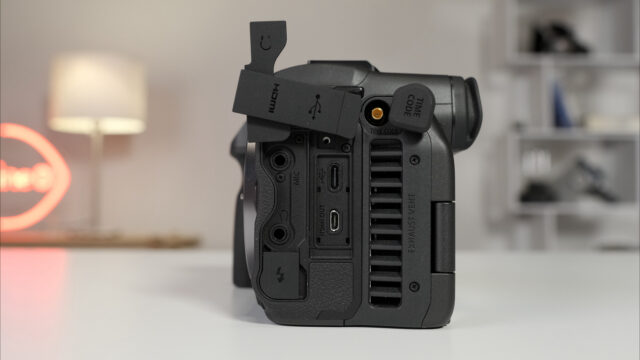
What could be improved
- No Canon C-Log 2 gamma curve recording option available
- Highest RAW recording quality option is not available in full-frame
- No IBIS (In Body Image Stabilisation)
- HDMI connector still not type A
- The camera takes about 9-10 seconds to get ready to film. I hope this can be improved over time.
- Video camera menu could be simplified (yet I have to write that some options are already available is “a la Blackmagic Design menu look”)
- Limited recording time when using the internal battery
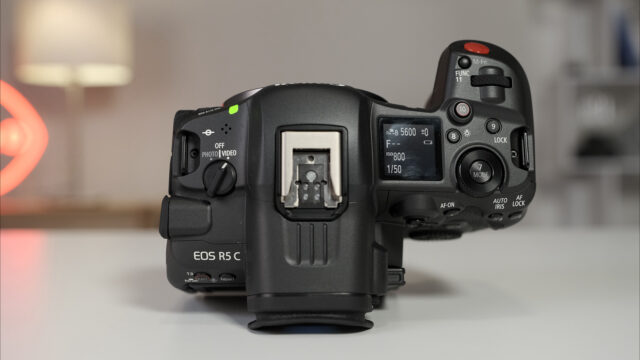
Camera usability
In the time that I spent with the camera, I witnessed how easy it is to hold, even for longer periods of time. There are lots and lots of options to customize the various 13 assignable buttons. Top this with multiple recording button options and front tally lamp, and filming “on the run” gets easy.
When it comes to audio, I had no time to check the quality, but please note that when no external microphone is connected to the camera, the audio levels are automatic and no further control is possible. (Not an issue at all, just not to waste your time looking for how to adjust…).
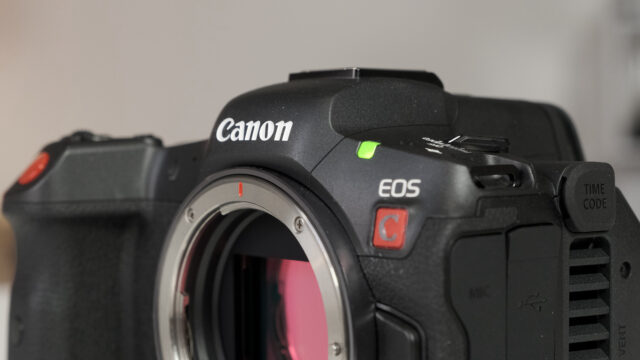
In my opinion, one of the weakest links of the new camera is powering. On one hand, you can still use the old Canon Canon LP-E6 (which is great!), but it will give you around 20 minutes of running time. So to start with, try and use the newer Canon LP-E6NH model (around 40 min running time). As an alternative, a USB-C power bank battery can do, but not the ones made for smartphones. 27-45W+PD (5V/9V15V) up to 3A and 45-100W+PD (5V/9V/15V/20V) up to 5A will do the trick (AND will allow 8K/60p recording, too).
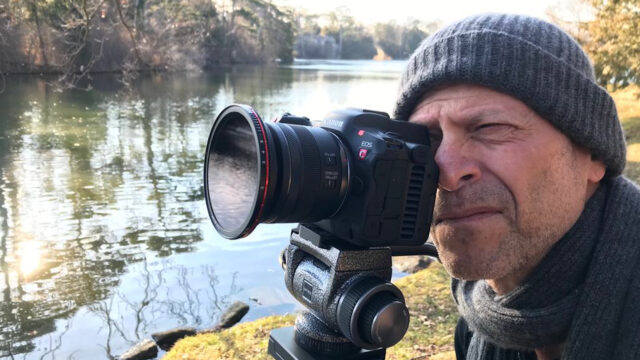
Production Notes
The above video was captured in 8K/24p, Cinema RAW Light LT mode, C-Log 3. Graded with fylim.ai and I used Freewell Vari ND+Mist magnetic filter in front of my lens. CFexpress type B supplied by Angelbird
Conclusion
Canon did a remarkable job with this camera and I have no doubt that it will do really well on the market. The RF mount is becoming popular by third-party lens manufacturers too, so one can anticipate even fewer obstacles when searching for a lens with a “certain look and feel”.
The year 2022 has only just begun and I’m really curious to see if we already found our winner. (I’m writing this in order to encourage manufacturers to do even better this year…). Joking aside, it is a “future proof” camera with an option to allow the user to evolve into all sorts of productions. This is also such an occasion when I feel the manufacturer has priced the camera correctly. And in regards to some missing features, well, Canon, for the next camera version, please give us an internal ND filter and bring back IBIS. Then I bet that you can comfortably label the packaging with “game (Maybe) over”.
Please share with us your thoughts about the new camera in the comment section below and hopefully you can find some answers to your questions in our interview. Check it out!
